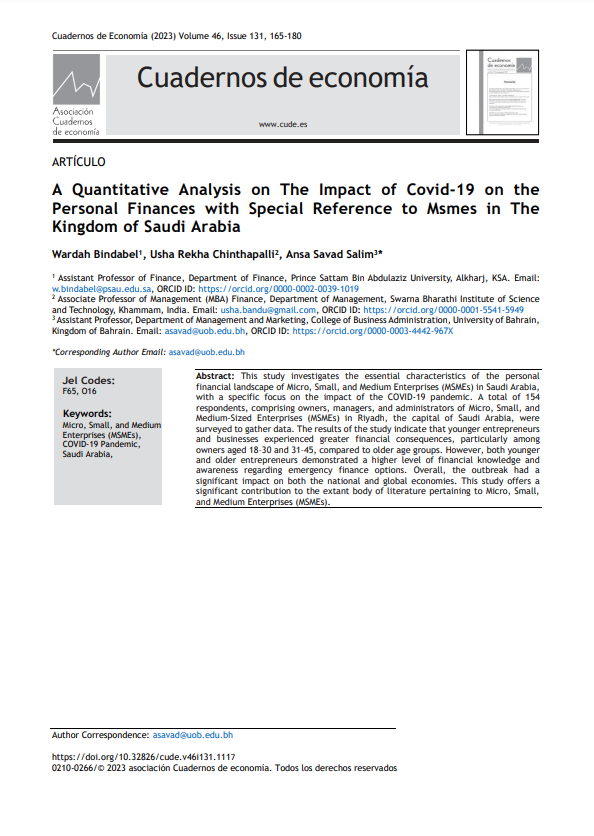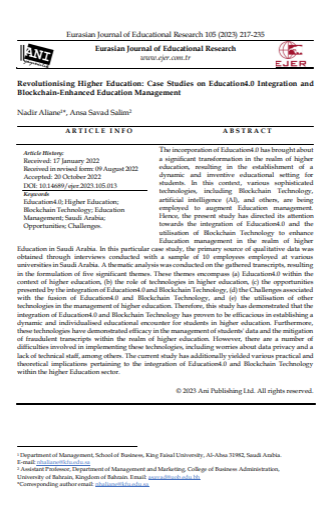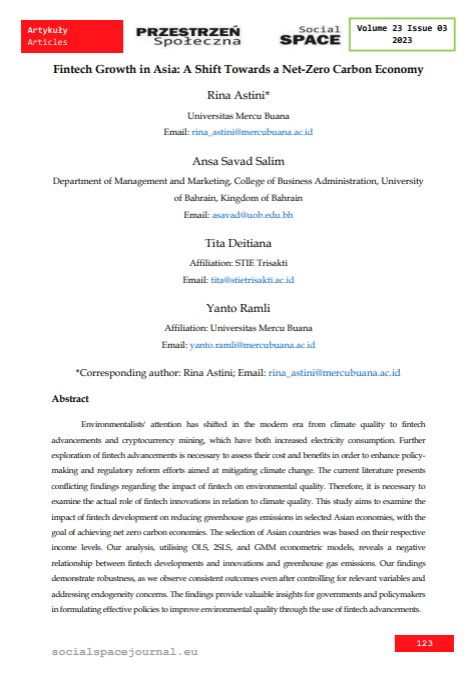Document
Energy Demand of the Road Transport Sector of Saudi Arabia—Application of a Causality-Based Machine Learning Model to Ensure Sustainable Environment
Linked Agent
Rahman, Syed Masiur, Author
Shafiullah, Md, Author
Hasan, Md Arif, Author
Gazder, Uneb, Author
Al Mamun, Abdullah, Author
Mansoor, Umer, Author
Kashifi, Mohammad Tamim, Author
Reshi, Omer, Author
Arifuzzaman, Md , Author
Islam, Md Kamru, Author
Al-Ismail, Fahad S., Author
Title of Periodical
Sustainability
Issue published
Volume 14 - Issue 23
Country of Publication
Bahrain
Place Published
Sakhir, Bahrain
Publisher
University of Bahrain
Date Issued
2022
Language
English
Subject
English Abstract
Abstract:
The road transportation sector in Saudi Arabia has been observing a surging growth of
demand trends for the last couple of decades. The main objective of this article is to extract insightful
information for the country’s policymakers through a comprehensive investigation of the rising
energy trends. In the first phase, it employs econometric analysis to provide the causal relationship
between the energy demand of the road transportation sector and different socio-economic elements,
including the gross domestic product (GDP), number of registered vehicles, total population, the
population in the urban agglomeration, and fuel price. Then, it estimates future energy demand for
the sector using two machine-learning models, i.e., artificial neural network (ANN) and support
vector regression (SVR). The core features of the future demand model include: (i) removal of
the linear trend, (ii) input data projection using a double exponential smoothing technique, and
(iii) energy demand prediction using the machine learning models. The findings of the study show
that the GDP and urban population have a significant causal relationship with energy demand in
the road transportation sector in both the short and long run. The greenhouse gas emissions from
the road transportation in Saudi Arabia are directly proportional to energy consumption because
the demand is solely met by fossil fuels. Therefore, appropriate policy measures should be taken
to reduce energy intensity without compromising the country’s development. In addition, the SVR
model outperformed the ANN model in predicting the future energy demand of the sector based
on the achieved performance indices. For instance, the correlation coefficients of the SVR and the
ANN models were 0.8932 and 0.9925, respectively, for the test datasets. The results show that the
SVR is better for predicting energy consumption than the ANN. It is expected that the findings of the
study will assist the decision-makers of the country in achieving environmental sustainability goals
by initiating appropriate policies.
Member of
Identifier
https://digitalrepository.uob.edu.bh/id/f65dfb65-76a3-4957-b223-cda82938cf4d
Same Subject





